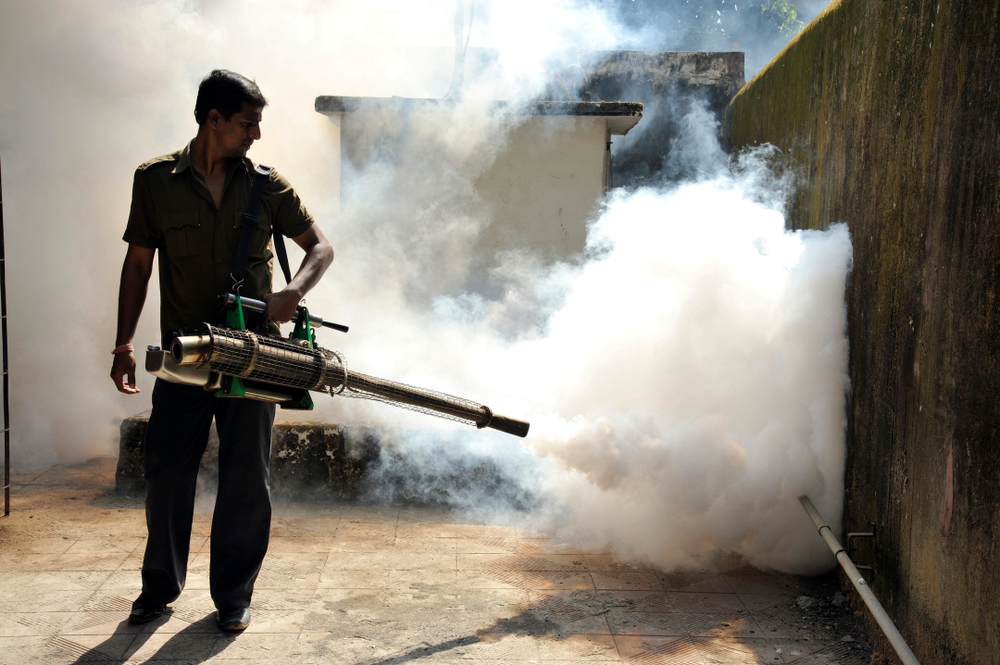Malaria, a mosquito-borne infectious disease, has plagued humanity for centuries. Despite advances in medical science, it remains a persistent public health challenge, particularly in Asia and the Middle East.
In this article, we explore the dynamics of malaria, its prevalence in the region, and the ongoing efforts to eradicate this deadly disease.
Malaria Unmasked: The Life Cycle of a Deadly Parasite
Malaria is caused by single-celled parasites belonging to the Plasmodium genus. When an infected Anopheles mosquito bites a human, the parasites enter the bloodstream and multiply in the liver before invading red blood cells. This invasion results in symptoms such as fever, chills, headache, and fatigue. If left untreated, malaria can lead to severe complications and even death.
The Burden of Malaria in Asia and the Middle East
Asia and the Middle East account for a significant portion of global malaria cases. According to the World Health Organization’s World Malaria Report 2020, the South-East Asia region alone reported 11 million cases, while the Eastern Mediterranean region, which includes parts of the Middle East, recorded 4.6 million cases. These figures underscore the urgent need for effective malaria control and prevention measures in the region.
Malaria Prevention: Shielding Communities from Infection
Preventing malaria requires a multi-pronged approach. Here are some key strategies:
- Insecticide-treated mosquito nets (ITNs): ITNs create a physical barrier between humans and mosquitoes, reducing the risk of transmission. The distribution of ITNs has significantly decreased malaria cases in the region.
- Indoor residual spraying (IRS): This involves spraying insecticides on the interior walls of homes to kill mosquitoes and disrupt their life cycle.
- Antimalarial drugs: For travellers and people living in high-risk areas, antimalarial medication can provide added protection against infection.
- Mosquito control: Environmental management techniques, such as reducing breeding sites and using larvicides, can help control mosquito populations.
The Quest for a Vaccine
A vaccine would be a game-changer in the fight against the disease. The RTS,S/AS01 vaccine, the first to show partial protection against malaria, has been piloted in parts of Africa since 2019. However, its efficacy is limited, and research continues for more effective vaccines that could be deployed in Asia and the Middle East.
Challenges and the Road Ahead
Efforts to control its spread face several challenges, including funding constraints, insecticide and drug resistance, and the impact of climate change on mosquito populations. Additionally, political instability and conflict in parts of the Middle East have disrupted control initiatives. Continued collaboration between governments, international organisations, and communities is vital for overcoming these hurdles.
Conclusion: United Against Malaria
Despite the progress made, this remains a significant public health threat in Asia and the Middle East, but concerted efforts in prevention, control, and research can turn the tide against this age-old scourge. By investing in malaria interventions and vaccine development, we can protect millions from infection, save lives, and inch closer to a malaria-free world.












